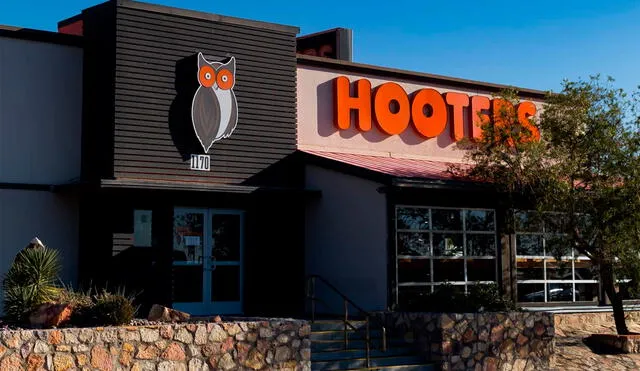Hooters prepares for bankruptcy filing as declining foot traffic and industry challenges mount
The renowned Atlanta-based casual dining brand is preparing to file for bankruptcy amid declining customer visits and financial difficulties. Despite a $300 million fundraising effort in 2021, the company faces closures and is developing a restructuring plan.

Hooters of America, the well-known restaurant chain famous for its wings and laid-back atmosphere, is preparing to file for bankruptcy amid financial struggles and declining visitor count. The corporation, which operates and franchises over 300 locations worldwide, has faced challenges adapting to shifting consumer preferences and increased competition in the food service industry. Despite securing a $300 million investment in 2021, the eatery has struggled to maintain profitability, leading to store closures and financial revamp efforts.
The brand, founded in 1983, became a cultural icon with its signature concept, but changing dining trends and economic pressures have taken a toll on its business. Rising operational costs, inflation, and evolving buyer preferences—especially among younger users—have contributed to decreasing revenue. Reports indicate that Hooters is working on a insolvency filing that could help restructure its debts and possibly lead to more closures as it seeks financial stability.

ALSO SEE: Jerry Butler, soul legend and Chicago politician, dies at 85: A look at his life and legacy
How does Hooters’ bankruptcy compare to TGI Fridays’?
The financial struggles of the well-known wings chain come amid a broader downturn in the casual dining sector, with several established brands facing similar challenges. TGI Fridays, another long-standing competitor, recently announced plans to close 36 underperforming locations across the U.S. The industry has been hit hard by evolving preferences, with newer generations favoring fast-casual options, delivery services, and healthier menus over traditional sit-down experiences. Rising operational costs and inflation have only worsened these issues, forcing many companies to reevaluate their business models.
While both restaurant groups have benefited from their nostalgic appeal, their struggles highlight the difficulties of adapting to a changing market. The sports bar-style concept has faced increased scrutiny over its signature model, while the American grill brand has struggled with modernization efforts. These challenges underscore the broader issues in casual F&B, as consumer behaviors continue to trend. As the chicken wings franchise moves toward a potential bankruptcy filing, it remains to be seen whether restructuring efforts will be enough to keep the enterprise afloat.
Can Hooters overcome its financial difficulties and adapt to a transforming landscape?
As the label prepares for a possible insolvency filing, it faces a critical obstacle: reorganizing operations to remain viable in an evolving restaurant scene. Industry analysts suggest that relying on its long-standing identity may no longer be enough to attract modern clients, who increasingly prefer diverse menus and digital ordering options. The rise of fast-casual competitors and third-party courier services has further cut into traditional dine-in sales, forcing the company to reassess its plan.

The famous Hooters wings are at risk of disappearing as the chain faces bankruptcy and uncertain future. Photo: Original Hooters
Despite these hurdles, a potential turnaround is still on the table. The business could explore menu expansions, culinary redesigns, or innovative marketing strategies to reach a broader audience. However, with economic pressures mounting and competition growing, success remains uncertain. If the company fails to secure the necessary financial backing, it could follow in the footsteps of other struggling chains that have been forced to downsize or shut down entirely.











